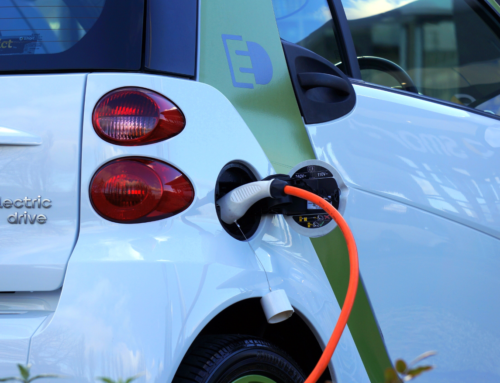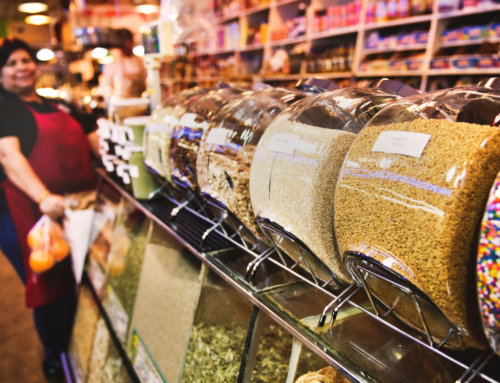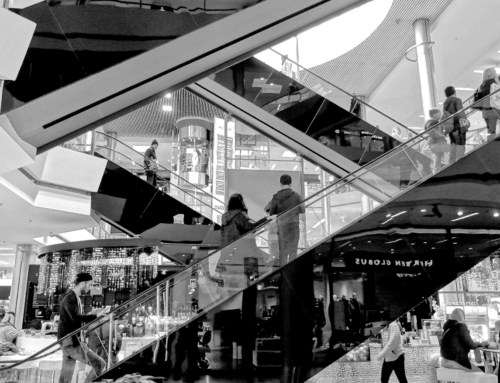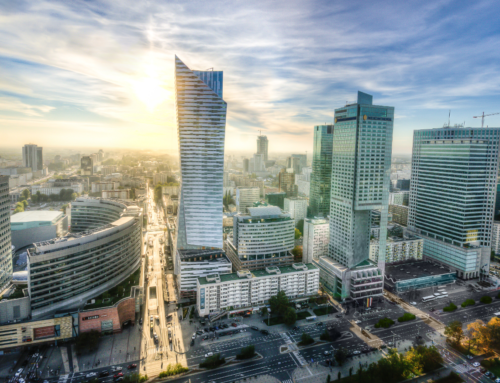Interview by Beata Socha
Source: Warsaw Business Journal, Number 10 (41), October 2017

The scenario where you get an ad on your mobile, research the brand online and then buy the shoes at the mall is becoming increasingly common. Omnichannel is more than something to just make shopping easier and more fun. Collecting as much information about your client as possible and combining different online and offline sources to do so – that’s where the money is. WBJ talked to Paweł Mazurek, head of business development at Togetherdata, about the future of retail.
WBJ: How can retailers integrate their brick-and-mortar and online stores to make their business model more efficient?
Paweł Mazurek: Omnichannel clients buy more often and spend more compared to those using only one traditional sales channel. Even though global retailers’ revenues keep growing each year, they still have a lot to do to catch up with their clients’ digital needs.
A full integration of sales channels is necessary to make purchasing easier for the client. Combining data from the online, offline and mobile channels allows the retailer’s system to identify a client who initiated the purchasing process on her smartphone and completed it on her computer or in a brick-and-mortar store as one and the same person. This tells the retailer a lot about her path to purchase and thus improves his understanding of his clients’ behavior and expectations.
Omnichannel is a new way of getting to know your client thoroughly and creating a 360-degree purchasing profile, including data from offline shopping, like invoices and questionnaires. This can be applied directly to marketing activities: more personalized offers and loyalty programs, identical for all sales channels. Only full integration of the information about a client’s shopping activity, done in real time, can allow the retailer to understand her needs and increase sales in all channels.
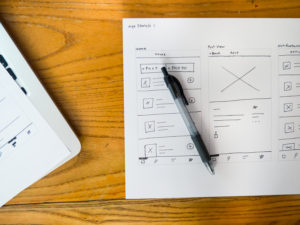
Should we expect any radical changes, any disruptions, or just constant improvement of the customer experience?
More and more sales will go through new channels – mobile being at the forefront, desktop following up – but the integration of mobile and offline sales (such as geo-located sales, mobile sales support etc.) will remain the key direction of the market’s development.
The biggest breakthrough will, in my opinion, come when we deliver full offline-online integration between CRMbrand and brick-and-mortar shops for all economy sectors and all product types, including FMCG producers that have no direct online sales activities due to their product specifics. Today it is extremely hard to trace the full sales-path of a given user, even if they react to online advertising. When they go to the brand’s website and afterwards go offline and buy goods, the connection is lost. We as a whole industry need to focus on generating a link at this very spot.
Is same-day delivery a reality in Poland? Do Polish customers actually expect same-day deliveries?
In Poland, interest in same-day delivery is growing. Polish companies are clearly following in the footsteps of global giants such as Amazon and Alibaba.com. Some of the first brands in Poland to introduce same-day deliveries were 9design.pl, Unisono, Venezia, Mivo and Shaffashoes. It’s what customers expect and what allows the brands to stand out from their competition. More and more delivery companies have same-day deliveries in their offer, including one of the top players – Inpost. The growing need and interest in same-day delivery services is evidenced by the fact that Empik.com is planning on implementing it soon.
What technologies are considered cutting edge in omnichannel retail?
Connecting offline and online data – multiple FMCG brands do not have e-commerce related business and as such have limited possibilities to merge their CRM systems with online data. The new approach from CRM enrichment companies is to deliver, while working together with the customer’s CRM-teams, a bridge to connect the offline and online worlds of their customers. With the usage of mobile devices, even the brick-and-mortar segment can be included in a brand’s CRM. Such case studies are already being developed in France (e.g. by L’Oreal or Carrefour). This technology, when fully implemented, will make it possible to merge branding budgets directly with the sales results of offline stores and feed data to CRMs. This will enable omnichannel to really live up to its name – of not being only old-fashioned multi-channel sales.

Which technologies do shopping centers use to support their retailers? Is there room for innovation there?
There is always room for innovation. The technologies that shopping malls use most frequently are different cost-saving solutions, like modern BMS systems, which allow mall owners to estimate costs more precisely, e.g. of energy consumption. Beacons are also increasingly popular: a signal received by an app on a client’s phone will make it easier to navigate through the mall and shorten their time to reach the desired store. Beacons also allow retailers to understand the behavior and the preferences of a client better and send them more personalized marketing offers.
Glossary:
- brick-and-mortar – stacjonarny; tradycyjny
- to initiate – wprowadzać, rozpoczynać
- thus – w ten sposób, zatem
- thoroughly – gruntownie, dokładnie
- disruption – zakłócenie
- at the forefront – na czele
- cutting edge – najnowocześniejszy
- to live up to – spełniać, wywiązać się
- multiple – wielokrotny
- beacon – radiolatarnia





